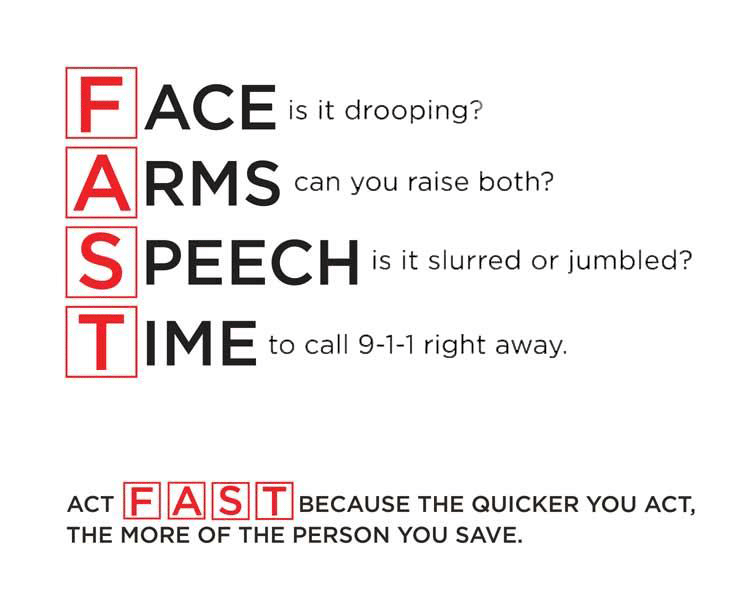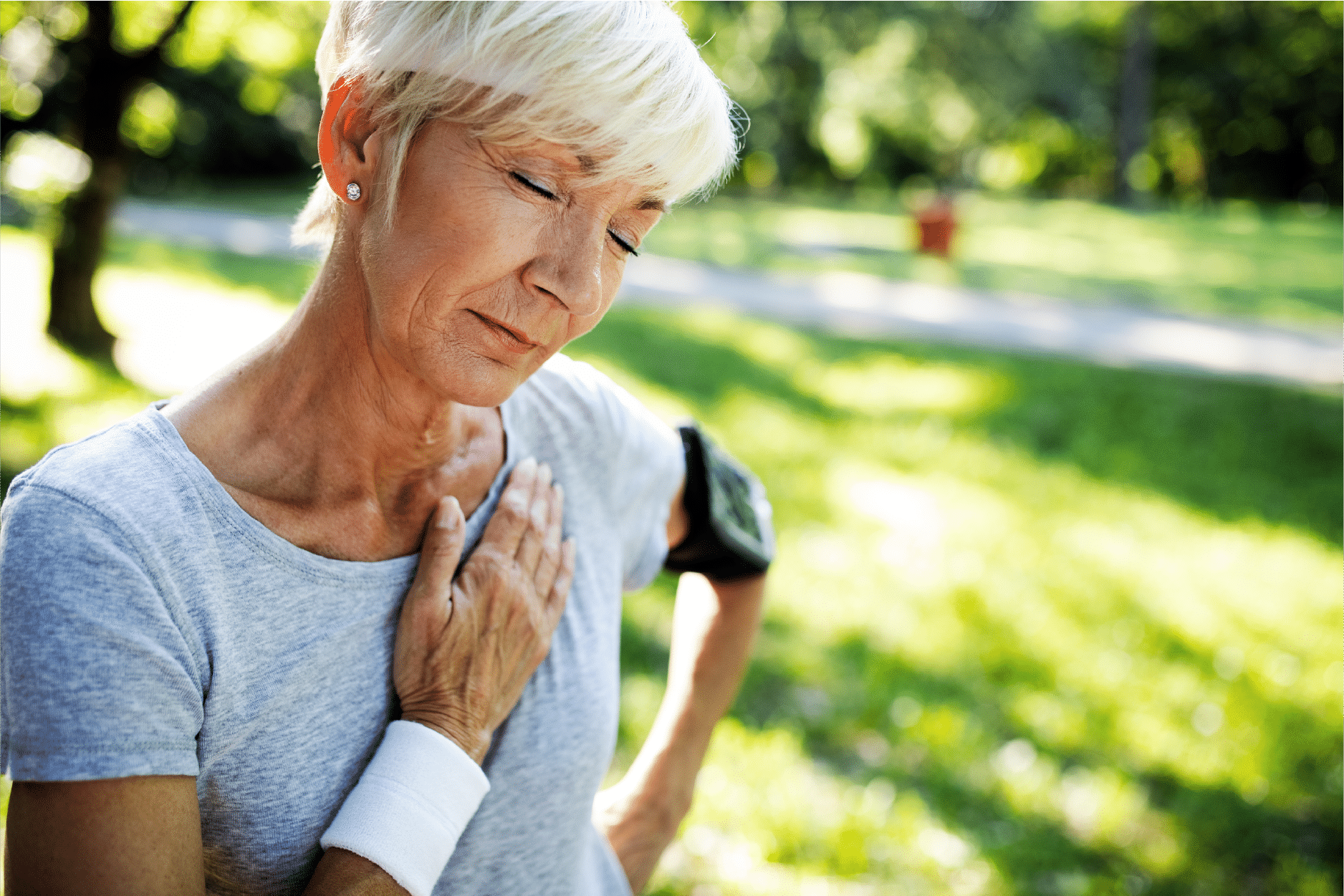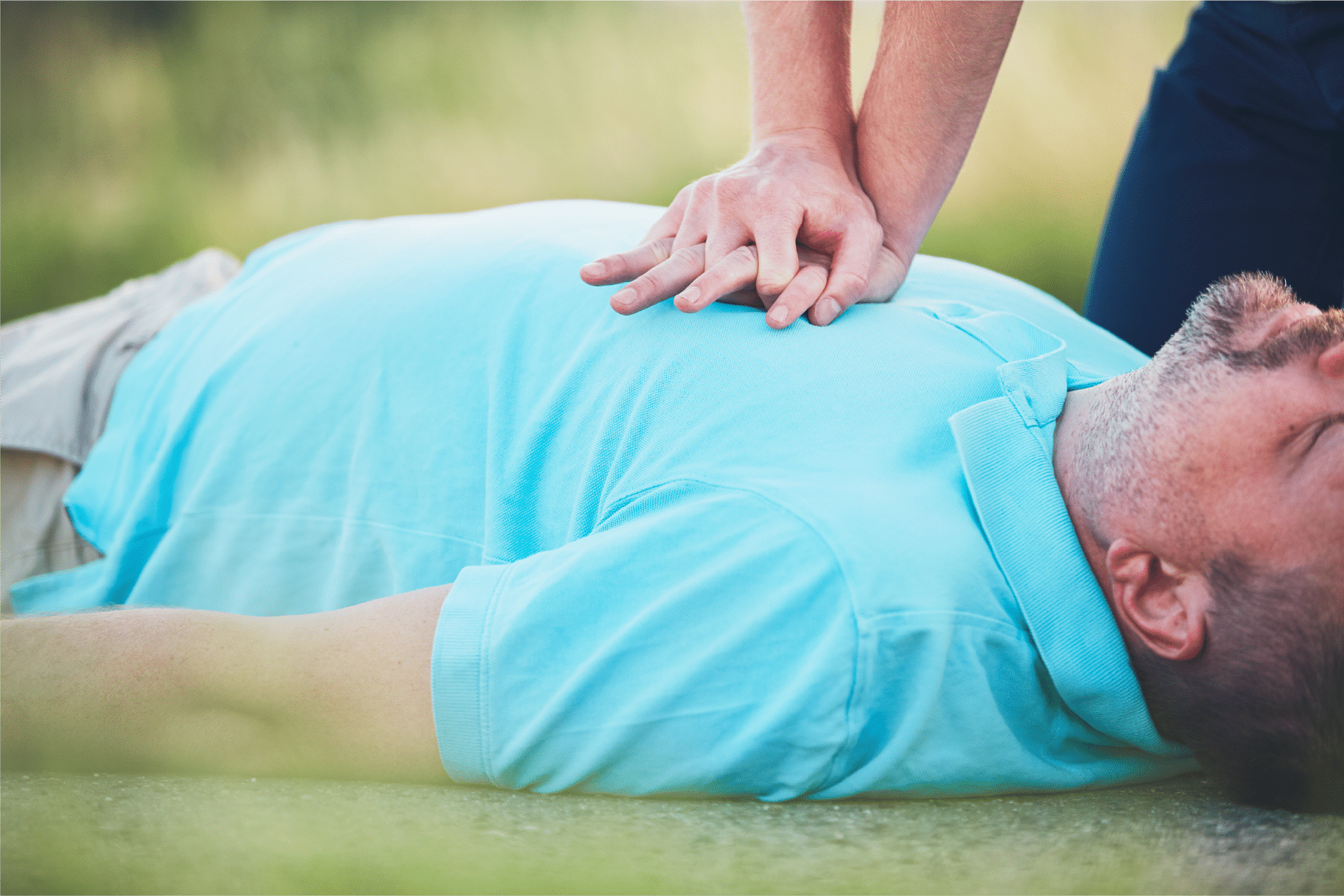Heart Attack & Stroke Symptoms
Warning Signs of Heart Attack, Stroke & Cardiac Arrest
Recognize a Heart Attack
A heart attack is a medical emergency. Recognizing the signs is the first critical step in cardiac care.
Your heart is a muscle. Its job is to pump blood around your body. The heart is about the size of your fist and is protected by your ribs and breastbone (sternum). It beats about 100,000 times a day.
Each beat of your heart pumps blood through a network of arteries and veins. Blood delivers essential oxygen and nutrients to every cell. Blood takes away waste products and carbon dioxide. Arteries carry oxygen-rich blood from the heart throughout the body. Veins carry oxygen-poor blood back to your heart and lungs to start the cycle over again. Like any other muscle, the heart needs its own supply of oxygen-rich blood to function. The coronary arteries handle this job.
If you are experiencing any signs of a heart attack dial 911 immediately
Stroke Signs
Stroke is a medical emergency. Know the signs and act fast.

Cardiac Arrest
Sudden cardiac arrest is the abrupt loss of heart function, breathing and consciousness. The condition usually results from an electrical disturbance in your heart that disrupts its pumping action, stopping blood flow to your body.
Sudden cardiac arrest differs from a heart attack, when blood flow to a part of the heart is blocked. However, a heart attack can sometimes trigger an electrical disturbance that leads to sudden cardiac arrest.
If not treated immediately, sudden cardiac arrest can lead to death. With fast, appropriate medical care, survival is possible. Giving cardiopulmonary resuscitation (CPR), using a defibrillator — or even just giving compressions to the chest — can improve the chances of survival until emergency workers arrive.



